Link
A post shared by Stories (@storiesbk) on Apr 21, 2017 at 6:13pm PDT
Since mid-March, I have been working at Stories Bookshop and Storytelling Lab in Park Slope, Brooklyn. On Fridays, I lead storytimes for children and their guardians. The kids that show up are usually less that two years old. I have not worked with children in this age group before, so at first, I was experiencing a bit of a learning curve. I can now saw that I have learned how to engage the children that attend my storytime by incorporating songs and movement into my facilitation.
The benefits of reading to young children are endless, but it can be hard to keep their attention for long periods of time. I have learned to choose books with characters that the children can imitate. If the book has animals, for instance, I ask the children to make animal noises and gestures. If the book has people holding hands or hugging, I ask them to cuddle with their caregiver. I no longer read long picture books, but try to stick to board books with bright pictures or interactive pages (pop-ups are great!).
After every book, we sing a song that relates to its themes. In the video above, I am singing a song called “I am Peace Like a River” for an Earth Day storytime. This song, like many I use, incorporates ASL. I aim to teach the children words in sign language to reinforce that speaking is not the only means of communication. It also may inspire them to look into learning ASL in the future.
Jbrary.com is a fantastic resource for storytime songs and activities. Two librarians from Canada run the website, and they are delightful. I will continue to turn to them and search for other resources along the way. My experiences at Stories Bookshop have taught me that sometimes you just have to jump into teaching before you feel fully prepared. After you have assessed what went wrong, the internet is full of advice for making things better. Positivity and enthusiasm will keep you running until you have found your groove.
0 notes
Photo
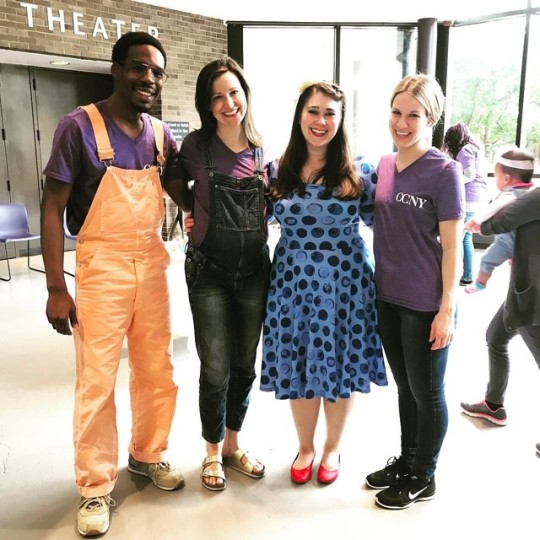
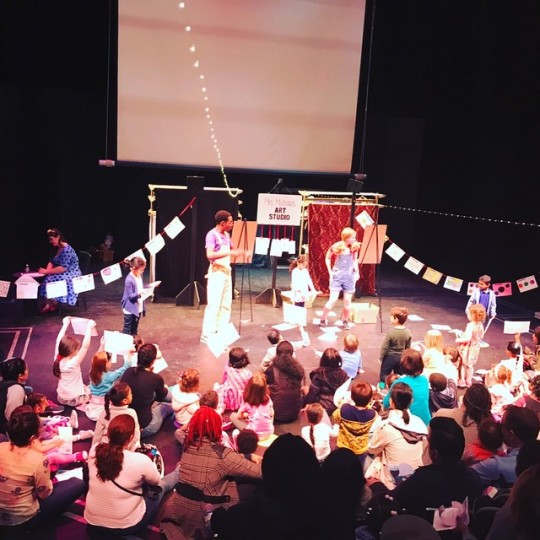

On Saturday, May 6th, I performed in a play that I co-wrote with Janie Slavens and Laura Fries for the Harlem Children’s Theatre Festival. The play, Dot-Ish, was adapted from two children’s books, The Dot and Ish, by Peter H. Reynolds. I am still overwhelmed with happiness after seeing how well the children responded to the show. They were engaged and inspired by the message of the play: anyone can create art and all art is beautiful. After the show, the children joined us in the lobby to create their very own paintings and drawings inspired by the show!
The Dot and Ish have been two have my favorite children’s books for some time because I was a child who was very critical of her artwork. I wouldn’t finish anything unless I felt like it could be perfect. Of course, I was in elementary school, so none of the art I created was as good as the pieces made by the great artists I was studying. I got discouraged and stopped taking art classes as soon as I could. I realized that many children feel this way, and so I wanted to create a show that encouraged them to continue to create and to love whatever they produce. Seeing all the children in the lobby with their artwork almost brought me to tears. It reminded of why I want to be an educator: to create opportunities for self-compassion and artistic expression.
The process of creating Dot-Ish also reminded me of my own potential as a playmaker/playwright. I have never attempted to write a show before, but I have years of experience performing interactive plays with children. I was able to draw on my these experiences to script in moments of audience participation and to mentor my castmates who had never dealt with children on stage before. After seeing the success of the show, I am inspired to continue collaborating on writing projects with other theatre practitioners.
It’s amazing that I attended a performing arts high school and majored in acting in college, but I never had to write a script. In my theatre classroom, I want to open my students' eyes to theatre career pathways other than acting and directing. Since the process of creating Dot-Ish eased me into playwriting with little anxiety, I would like my students to follow them steps that I was asked to take. Adapting books or other works into plays gives students structure and content right of the bat. Collaborating in groups helps them feel less overwhelmed by the entire process.
Janie, the director of Dot-Ish, wanted the play to be magical because she realized that many of the children in the audience would be attending the theatre for the first time. Thus, even with a limited budget, we aimed to create a spectacle. We pulled strands of artwork out of boxes and hung lights over the children’s heads. The awe I saw on their faces confirmed that we had made the right choice. As a theatre educator, I want to continue to create magical experiences for my students even with few resources. Spectacle can be achieved in the everyday classroom as well. Integrating lights, music, art, and magic into theatre activities can and should be done often.
0 notes
Photo
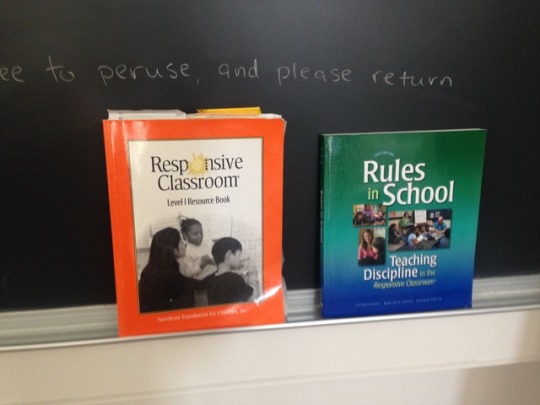
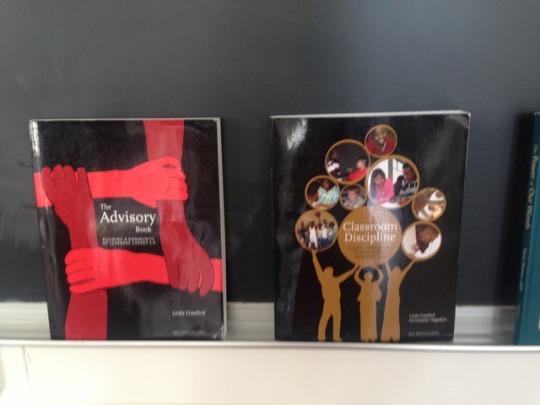
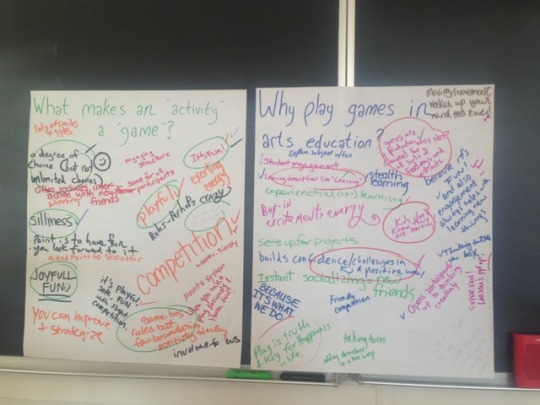
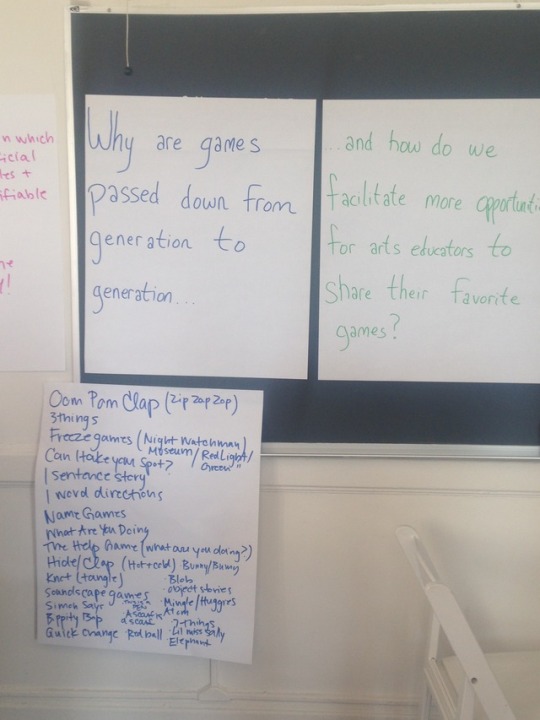
On April 12th and 13th, I volunteered at the New York City Arts in Education Roundtable conference, Face-to-Face. It was my second move this year (after the LPTW event) to network and learn from other arts educators and theatre practitioners. The conference was structured so that attendees could choose 3-4 breakout sessions to attend per day. Since I was volunteering, I only got to sit in on one and half. Next year, I plan to attend the conference as a paying participant so I can take advantage of all it has to offer.
Why do I believe professional development is important?
Professional development workshops, like the breakout sessions, are great for people in all types of careers, but they are especially important for educators. As participants in a PD or workshop, teachers are asked to become students. This role reversal helps teachers remember what it feels like to be asked to try something new and to work with people with whom they might not have a strong relationship. No matter what is being taught in the PD or workshop, the exercise of learning and being aware of oneself in a new environment helps teachers empathize with their students. The hope is that teachers will walk away with the aim to adapt their lessons to better meet the students where they are.
Professional developments, conferences, and workshops act as continuing education. They help educators grow their understanding of the material they already teach or they introduce them to new concepts altogether. By attending these events, educators can stay up to date with advancements in their field, hopefully inspiring them to throw out what is stale in their classroom and replace it with something innovative. Additionally, they give educators a chance to network with each other, sharing ideas and brainstorming solutions. For a teacher who is feeling stuck or uninspired, having a network of other teachers to turn to for advice is an incredible asset.
What did I take away from Face-to-Face?
The first session I briefly attended at the conference was geared around classroom management techniques for teaching artists. I joined the session for the last twenty minutes because my volunteer duties had kept me occupied until then. While I learned a few new classroom management techniques (hand claps to get attention and methods for dealing with disruptive students), I think the most valuable tools I received were the book recommendations. I plan to purchase the four shown above to read over the summer. While I believe that great classroom management is learned from experience, I will feel better walking into my own classroom in the fall (yay!) with a reservoir of knowledge in my back pocket. I anticipate the books will help me troubleshoot not just during my first year of teaching, but throughout my career. Along with my textbooks from CCNY, they will be added to my teaching library!
After the classroom management session, I attended “Games that Stick: Adding to Your Toolbox” with Renata Melillo Townsend from the New Victory Theater and Paul Brewster from Roundabout Theatre Company. During the session, we discussed what makes an activity a game and why we should play games in arts education. We came to the consensus that games help students learn in an active, fun way and encourage them to collaborate. Theatre is rooted in play and one of the most collaborative art forms. It is essential that theater practitioners are able to tap into their creativity, let loose on stage, adhere to theatre rules, and stay aware of one another throughout the process. Thus, playing games in the classroom trains students to be successful theatre artists.
Paul and Renata helped us make a list of games that we use in our classrooms (pictures above). We played many of them, some of which I have used in my lesson planning since! I will continue to reference this list when I am not feeling inspired. At the end of the session, we were asked how we can continue to create opportunities to share games. This summer, I hope to have a party in my backyard where we can do just that! I am realizing that professional development doesn’t always need to happen in an office or classroom setting.
0 notes
Photo

On February 20, I had the pleasure of attending the League of Professional Theatre Women’s networking event. It began with a panel discussion on the topic of Broadway and Off-Broadway educational theatre practices and career paths. Sobha Kavanakudiyil, my professor at CCNY, was one of the panelists. She was joined by Jennifer DiBella from the Roundabout Theatre, Linda Ames Key from Fordham HS for the Arts, James W. Guido from the New York Deaf Theatre, Lindsey Buller Maliekel from The New 42nd Street, Keeshon Morrow from The Repertory Company High School for Theatre Arts, and Rachel Reiner from Broadway League. Kristin Sakoda, the Deputy Commissioner of Cultural Affairs, moderated the discussion.
The panelists were asked to introduce the programs that they oversaw at their individual organizations, focusing on those that create pathways for young people to enter careers in the theater. Many of them discussed how they hoped to create more opportunities for women interested in technical theatre, design, playwriting, and directing and how they worked to open doors for minority and low-income students.
The following are a list of programs and organizations that were mentioned during the discussion:
Hidden Career Path Days at Roundabout: discover careers in technical theatre
Workforce, Apprentice, and Internship Programs at Roundabout
CTE at Fordham HS: work-based learning program in drama and technical theatre that is paid
New York Deaf Theatre: run by deaf people for deaf people
New Victory Theatre: Family engagement and youth training programs. Opportunities for 40-50 apprentices.
Broadway League: 25 seniors from diverse backgrounds are chosen to shadow Broadway shows. They also have a fellowship program that is paid.
Career Transitions for Dancers
Actors Fund
Association of Teaching Artists
New York City Arts and Education Roundtable
American Alliance of Theatre Education
Nontraditional Employment for Women
TCG Artsearch
Theatre Development Fund
Center for Arts Education
Arts in Business Council of New York
American Theatre Wing
Manhattan Theatre Club
The Alliance of Resident Theatre/ New York
Although I do not plan to stay in New York City after I graduate, it is important for me to know about these organizations so I can seek them out for professional development opportunities. So much is being done in the city of New York to bring theatre to the community and to make it a sustainable career for those who are passionate about it. I will not have the same network of people or resources at my fingertips when I am in Kentucky, but I plan to begin to promote artistic expression and inclusion as soon as I arrive in Louisville. For the next two years, I hope to seek out mentors and organizations that inspire and guide me to develop the skills needed to succeed in this work. Attending the LPTW event was the first step in a long series of moves I need to make.
0 notes
Link
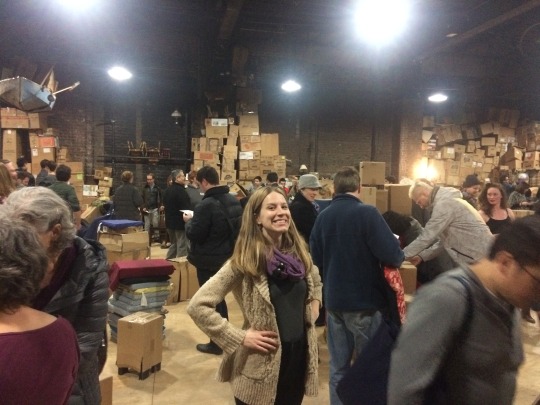
I am turning 30 on Friday. In celebration, my best friend came to visit NYC and bought me tickets to a show I have been longing to see: Object Lesson at New York Theatre Workshop. Not only did it live up to my expectations for its innovative use of space, it reminded me of the storytelling power of objects. I walked away for the show wishing I could take a high school acting class to the performance. While I not currently in the position to do so, I have decided to write the post-show lesson plan I would use if given the opportunity.
In many of my BFA acting studio classes, we used objects to help us develop the characters we were portraying. We were given or selected props and decided why they were important to the character. This gave us insight into their backstory. Often, we were able to pull from experiences in our own lives to imbue the object with personal emotional significance. Later, when using the object in the scene, we were reminded of these memories, and it informed our performance. I look forward to developing exercises for my students to explore this work.
Additional curriculum connections: immersive theatre, clowning, invisible theatre, production design, storytelling, and solo performance
0 notes
Video
youtube
Inspirational one person show developed by the Austrailian theatre company, Trick of the Light. The Bookbinder was devised by two friends after they interviewed multiple bookbinders about their professional experiences. It tells the story of a young boy who becomes a bookbinding apprentice under the guidance of a local curmudgeon. As the boy learns the trade, he falls in love with the stories in the books he is mending. Little does he know that he will literally fall into one – and it’s not a tale that anyone would choose to inhabit.
Curriculum connections: Hero’s journey, antihero, story structure, conflict resolution, lighting design, puppetry, solo performance, production design, ethnodrama.
Artistic inspiration: Every prop on his desk transformed into something else to further the story without making adjustments to the set: books became buildings for the small puppet of the boy to travel through; a drop of ink in a pitcher of water become an ocean infested with sea creatures. The lighting design was also incredibly innovative. I especially enjoyed a moment when a side lamp was turned on to reveal a cutoff of a bird’s nest. It had been placed behind the shade and the actor used stick puppets to bring the birds inside of it to life.
TYA realizations: There were moments that were scary, but not violent. I could tell the middle school audience members were more engrossed during these parts, perhaps because they realized it was not a children’s piece and they felt that it was pushing the boundaries in an exhilarating way. I was reminded of Edgar Allen Poe’s poetry, and how I was fascinated with it in middle school. I forget that these kids are hyper-aware of social interactions and see the dark side of humanity whether we want them to or not. Scary stories, especially ones in which the protagonist fights off the dark forces, can open the door for discussions and activities that help children learn how to resolve conflict and find the power within themselves to conquer an uncertain world.
1 note
·
View note